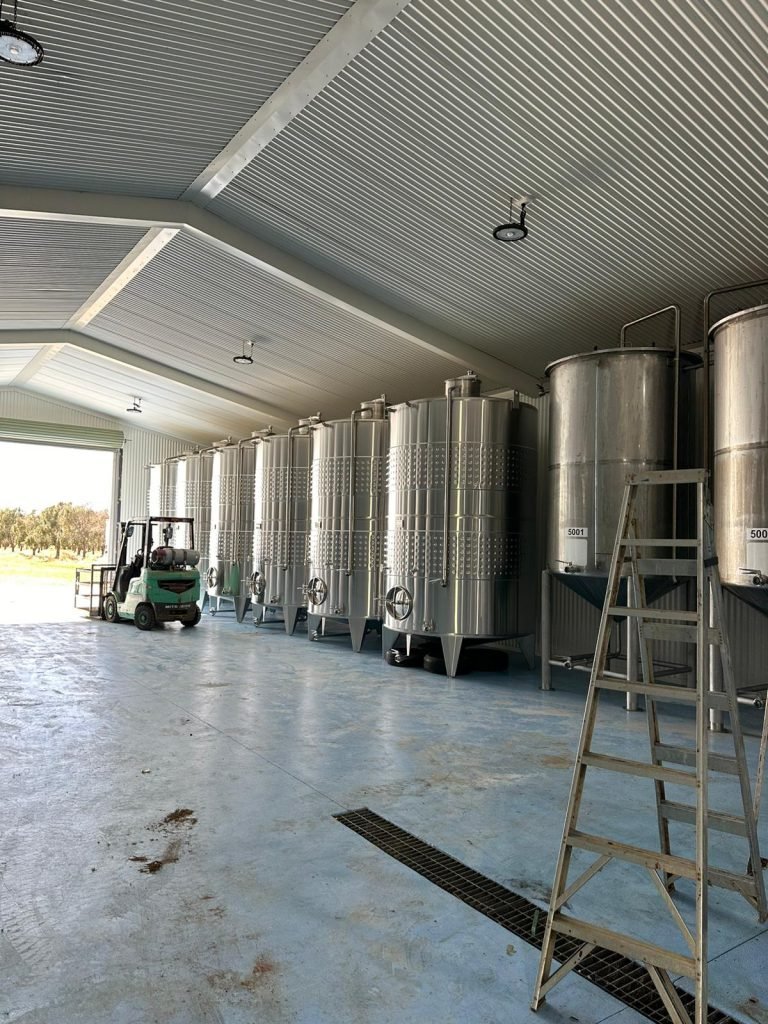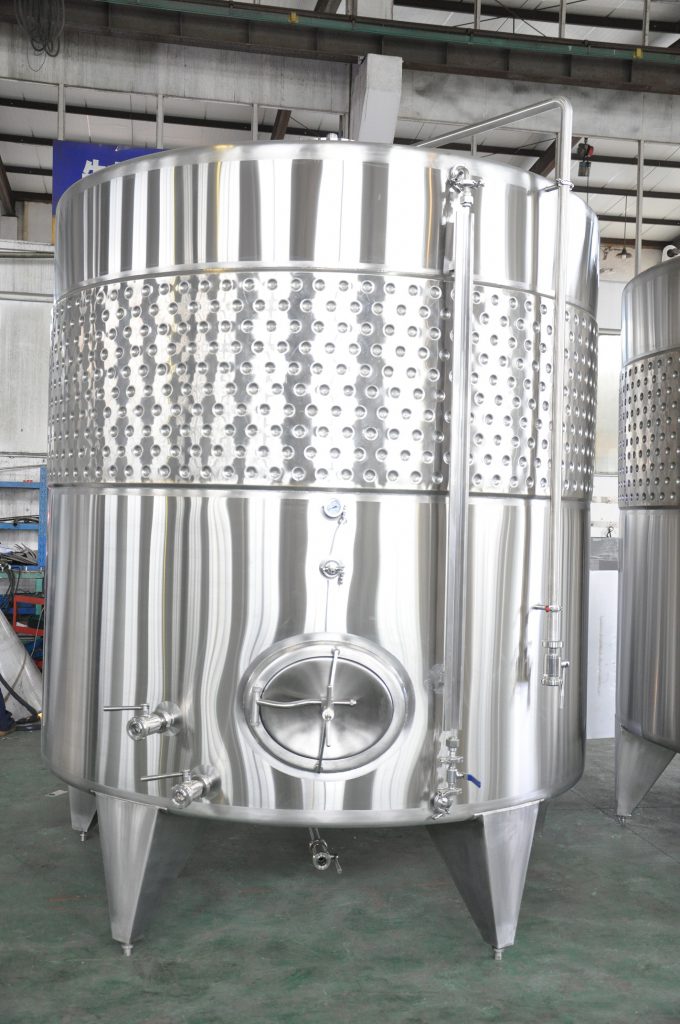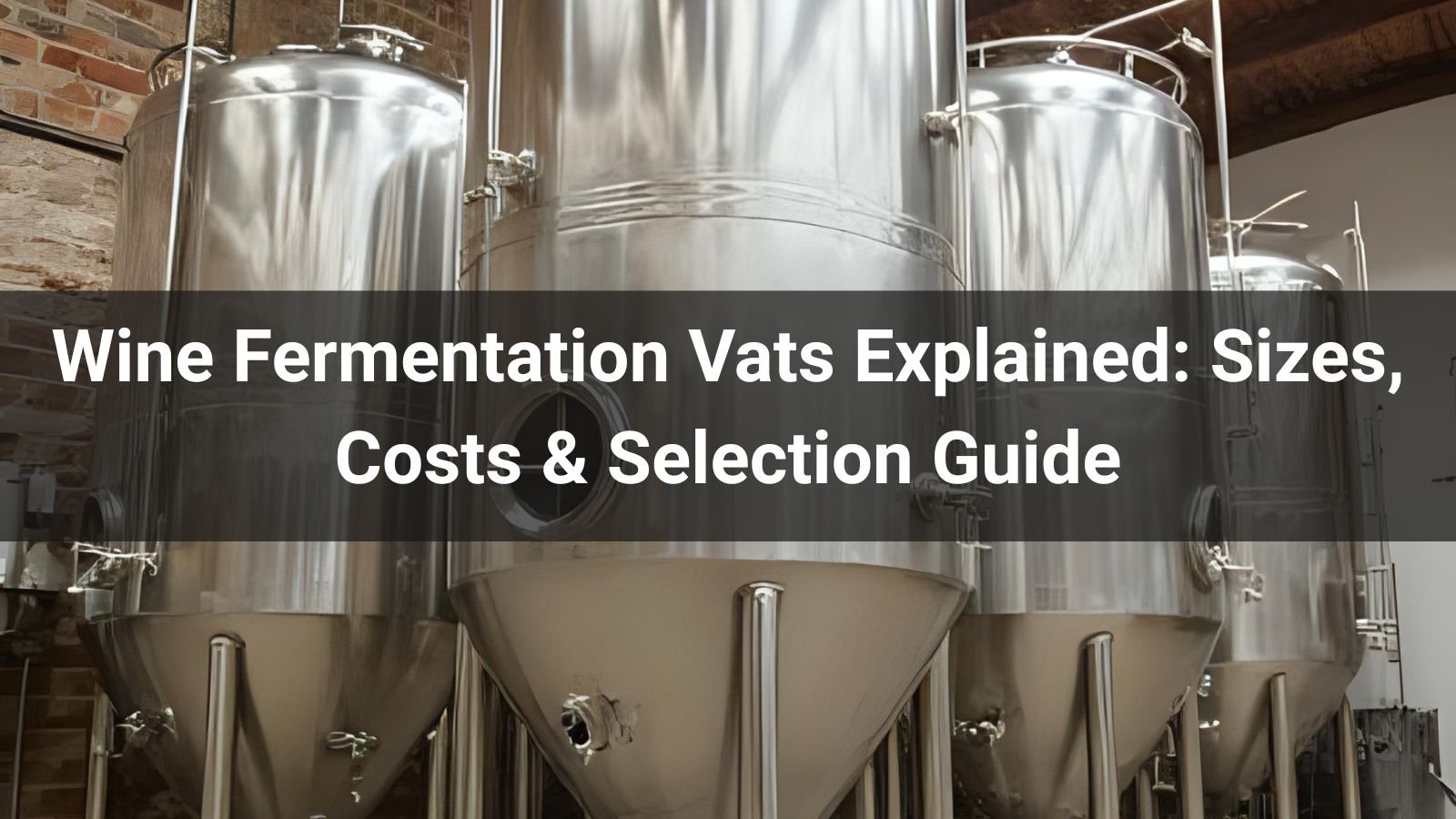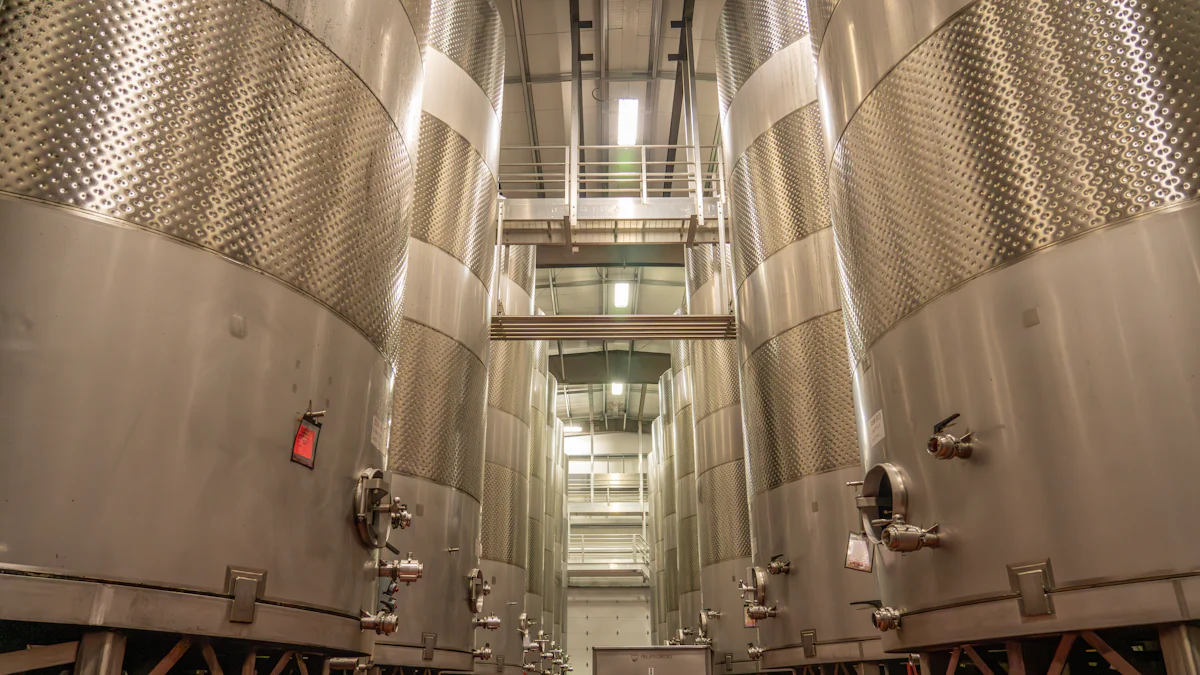
Table of Contents
- Apple Cider Vinegar Fermentation Explained
- Does Fire Cider Ferment? The Unique Process
- How Long Does Cider Fermentation Take?
- Key Factors Affecting Fermentation Duration
- Understanding Cider Fermentation Stages
- How Equipment Affects Fermentation Time
- Troubleshooting Fermentation Issues
- Why Choose Chenma Fermentation Solutions
- FAQs on Cider Fermentation
Apple Cider Vinegar Fermentation Explained
Apple cider vinegar (ACV) undergoes a two-stage fermentation process:
- Alcoholic Fermentation: Yeast converts apple sugars into alcohol (cider)
- Acetic Fermentation: Acetobacter bacteria transform alcohol into acetic acid
This biochemical transformation creates ACV’s signature tangy flavor and health-promoting compounds. Unlike pasteurized vinegar, raw ACV contains the “mother” – a probiotic-rich biofilm of cellulose and beneficial bacteria.
Commercial production requires specialized equipment like Chenma’s stainless steel fermentation tanks which maintain optimal conditions for both stages while preventing contamination.
Does Fire Cider Ferment? The Unique Process
Traditional fire cider is not a fermented product but an infused tonic. However, modern variations may incorporate fermentation:
| Type | Process | Microbial Activity |
|---|---|---|
| Traditional | Infusion in vinegar (4-6 weeks) | None – acetic acid preserves ingredients |
| Fermented Version | Initial yeast fermentation (7-10 days) + vinegar infusion | Saccharomyces yeast develops probiotics |
Key considerations for fermented fire cider:
- Initial fermentation increases bioavailability of nutrients
- Requires airlocked containers to prevent mold
- Final acidity must reach pH≤3.4 for safety
Chenma’s small-scale fermentation kits with integrated airlocks are ideal for experimental batches.
How Long Does Cider Fermentation Take?
Fermentation duration varies significantly by product type:
Alcoholic Cider Fermentation Timeline
- Primary Fermentation: 5-14 days (until specific gravity reaches 1.000)
- Secondary Fermentation: 2-8 weeks for flavor maturation
- Total: 3 weeks to 3 months
Apple Cider Vinegar Timeline
- Alcohol Stage: 1-2 weeks
- Acetic Conversion: 3-6 months (traditional) or 24-72 hours (industrial acetators)
- Aging: 6+ months for premium flavor development
Commercial operations using temperature-controlled fermenters can reduce primary fermentation to 5-7 days.
Key Factors Affecting Fermentation Duration
Multiple variables influence fermentation speed:
1. Temperature
- Ideal range: 18-27°C (64-80°F)
- Below 10°C: Fermentation may stop entirely
- Above 32°C: Risk of off-flavors and bacterial contamination
Chenma’s jacketed fermentation tanks maintain precise temperatures (±0.5°C) for consistent results.
2. Yeast Strain Selection
| Yeast Type | Fermentation Speed | Flavor Profile |
|---|---|---|
| Champagne Yeast | Fast (5-7 days) | Clean, dry finish |
| Cider Yeast | Moderate (7-14 days) | Fruity esters |
| Wild Yeast | Slow (14-30+ days) | Complex, unpredictable |
3. Sugar Content & Nutrients
Higher Brix levels (18-24°) extend fermentation time. Chenma’s bright tanks with sampling ports allow regular monitoring without oxygen exposure.
Understanding Cider Fermentation Stages
Stage 1: Primary Fermentation
- Duration: 5-14 days
- Visual Signs: Vigorous bubbling, krausen formation
- Equipment: Fermentation buckets or tanks with airlocks
Stage 2: Secondary Fermentation
- Duration: 2-8 weeks
- Purpose: Flavor development, clarification
- Equipment: Conical fermenters with yeast harvesting ports
Stage 3: Maturation & Aging
- Duration: 1-12 months
- Critical Factors: Temperature control, oxygen exclusion
- Recommended: Chenma’s aging tanks with adjustable headspace
How Equipment Affects Fermentation Time

Vessel selection significantly impacts fermentation efficiency:
| Equipment Type | Average Fermentation Time | Temperature Control | Oxygen Exposure |
|---|---|---|---|
| Plastic Buckets | 14-21 days | Poor (±5°C fluctuation) | High (during sampling) |
| Glass Carboys | 12-18 days | Moderate | Moderate |
| Stainless Conicals | 7-10 days | Precise (±0.5°C) | Minimal |
Chenma’s stainless steel tanks reduce fermentation time by 30-50% through:
- Superior temperature stability
- Optimized yeast health via conical bottoms
- Closed transfer systems minimizing oxidation
For home producers, our HomeBrew Pro Kit cuts fermentation time to 10-14 days.
Troubleshooting Fermentation Issues
Problem: Slow or Stuck Fermentation
Solutions:
- Increase temperature to 22-24°C using jacketed tanks
- Add yeast nutrients at 1g/gallon
- Rouse yeast by gently stirring
Problem: Vinegar Not Forming

Solutions:
- Ensure alcohol content ≥5% before acetic fermentation
- Maintain 26-30°C for Acetobacter activity
- Increase oxygen exposure using perforated covers
Problem: Off-Flavors
Solutions:
- Control fermentation temperature with glycol systems
- Use stainless equipment to prevent metallic tastes
- Monitor pH regularly (target 3.3-3.8 for cider)
Why Choose Chenma Fermentation Solutions
Shandong Chenma Machinery Co., Ltd. specializes in precision fermentation equipment:
- Time-Saving Designs: Conical tanks reduce primary fermentation by 30%
- Certified Quality: ISO 9001, ISO 14001, OHSAS 18001, and EU CE compliance
- Custom Solutions: Tanks from 50L to 50,000L with 100+ configuration options
- Technical Support: Installation supervision and lifetime assistance
A UK cidery reduced fermentation time from 21 to 14 days using Chenma’s glycol-jacketed fermenters with integrated temperature control.
FAQs on Cider Fermentation
Q: Can fermentation be accelerated safely?
A: Yes, with temperature control and proper yeast management. Chenma’s commercial systems can complete primary fermentation in 5 days.
Q: How do I know when fermentation is complete?
A: Use a hydrometer – consistent readings over 3 days indicate completion. Our tanks with sampling valves allow testing without contamination risk.
Q: Does vessel material affect fermentation time?
A: Significantly. Stainless steel provides 20-30% faster fermentation than plastic due to superior temperature control. See our comparison guide.
Optimize Your Fermentation Process
Chenma provides end-to-end solutions for cider and vinegar production:
- 📍 Address: Pingyuan County Economic Development Zone, Dezhou City, Shandong Province
- 📱 WhatsApp: +86 180 6342 1809
- ✉️ Email: admin@sdchenma.com
Explore our Complete Cider Production Guide for technical specifications.



